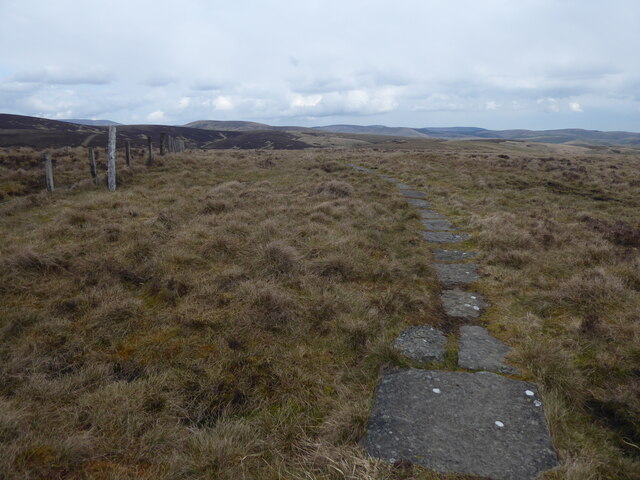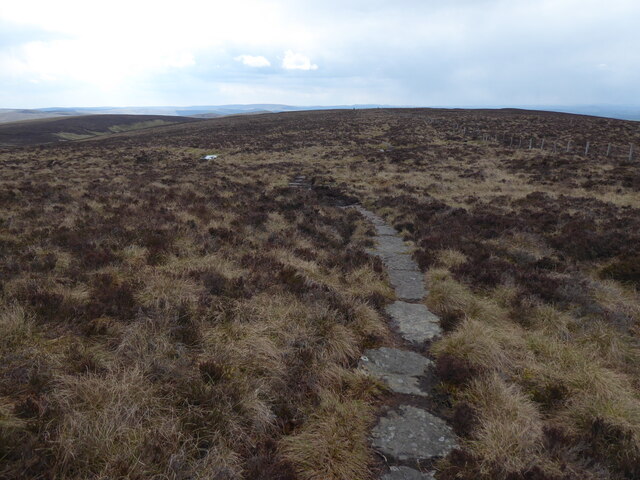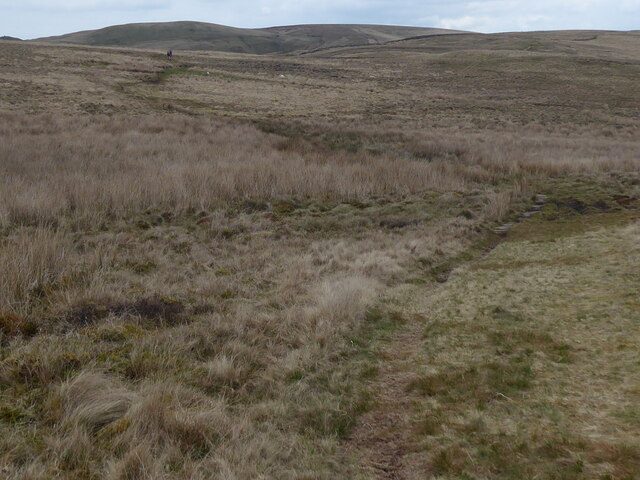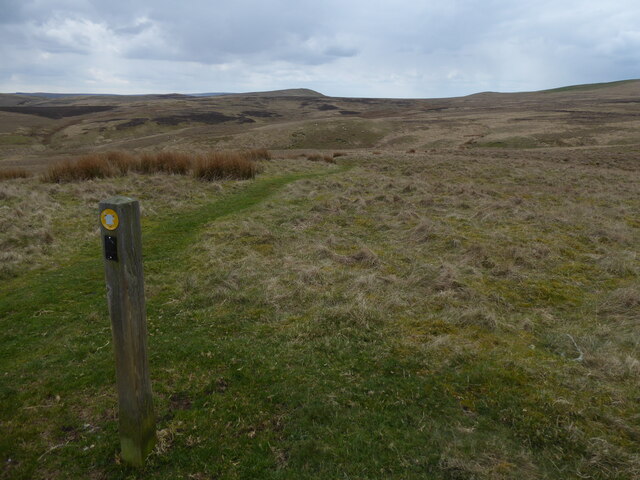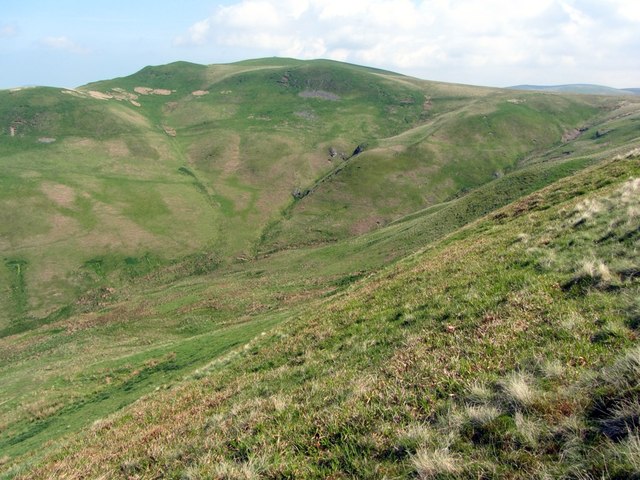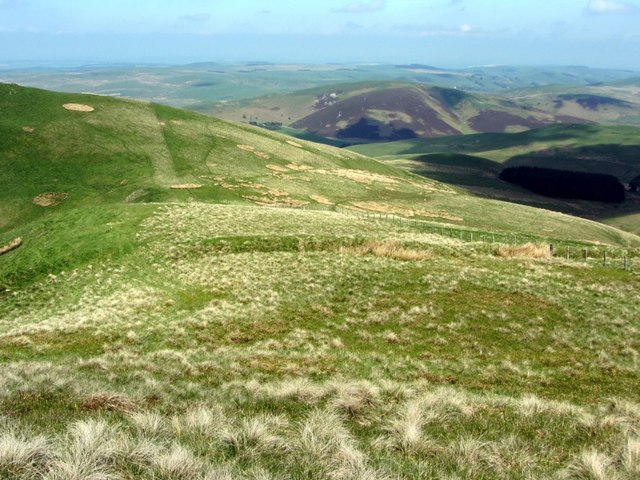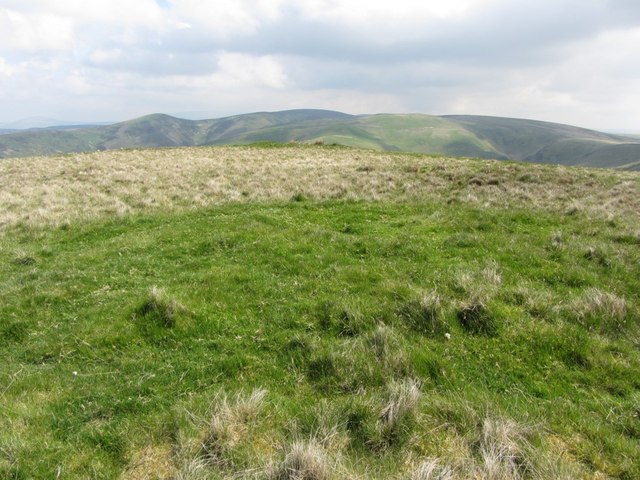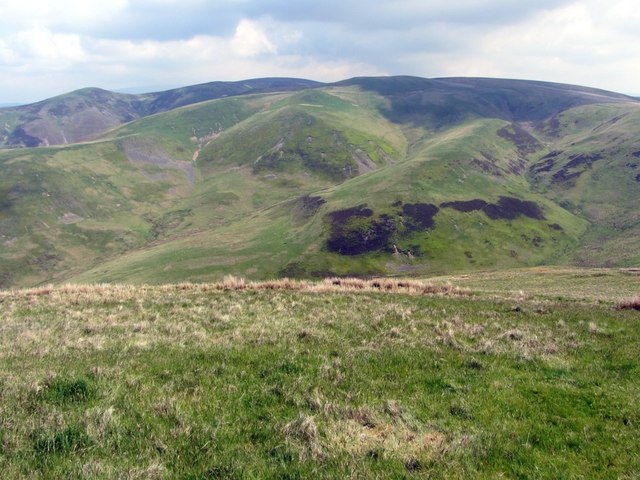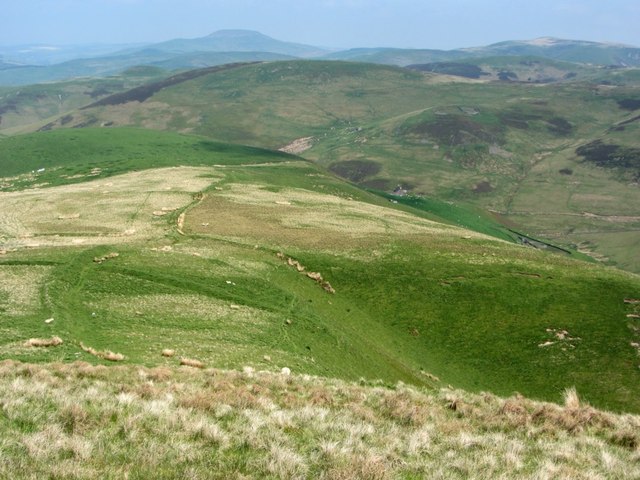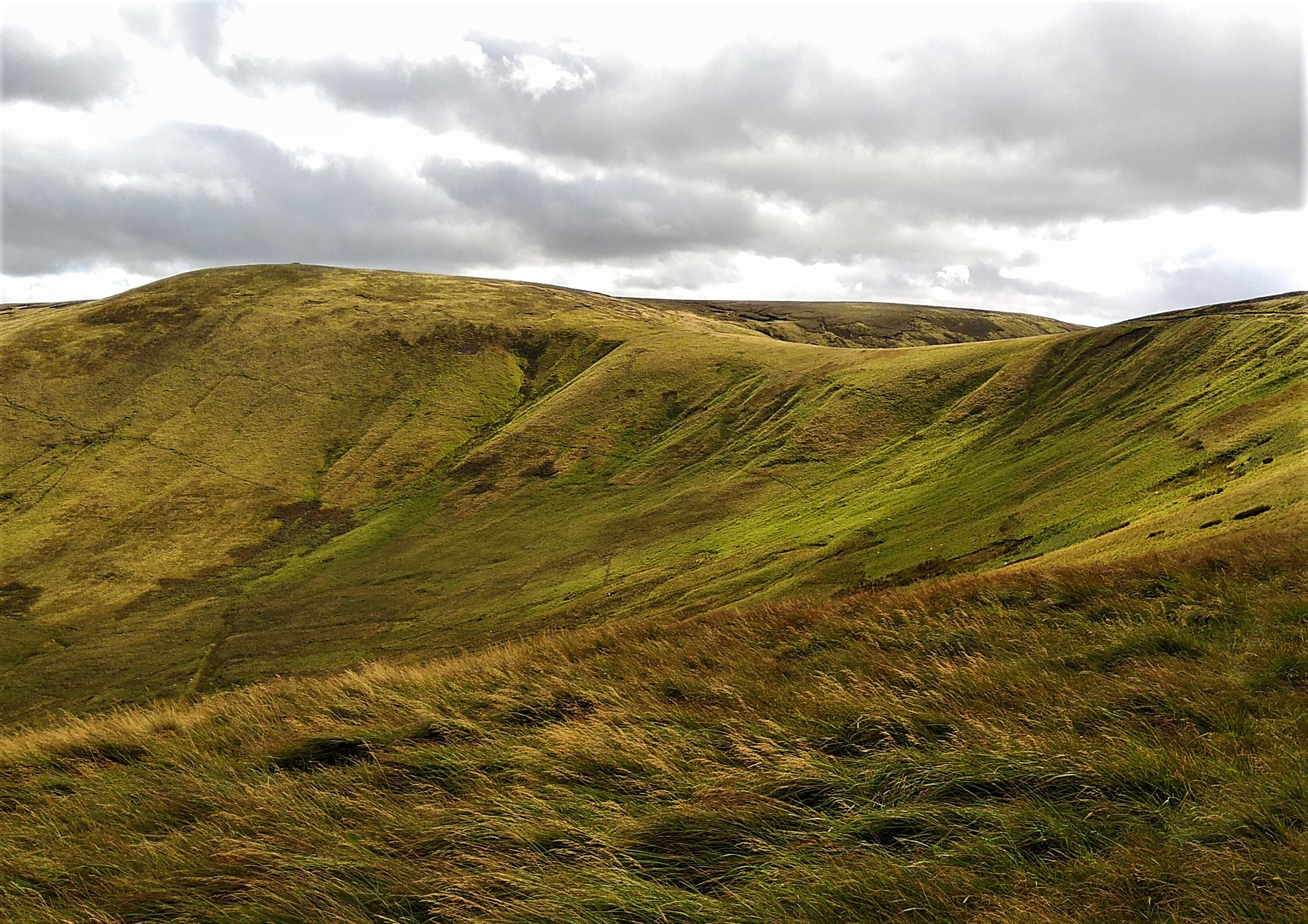Callaw Hope
Valley in Roxburghshire
Scotland
Callaw Hope
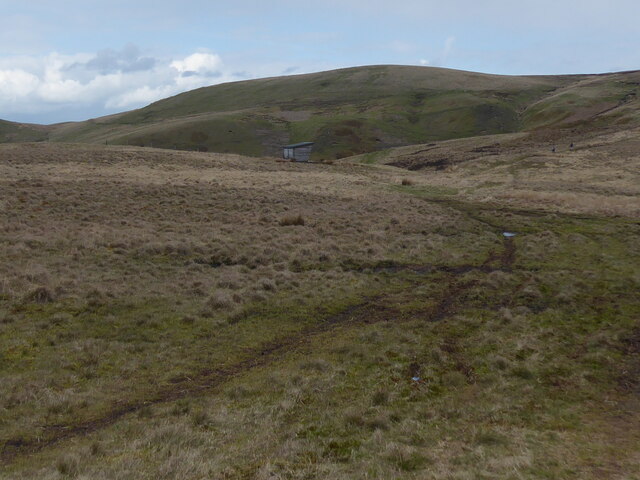
Callaw Hope is a picturesque valley located in the county of Roxburghshire, Scotland. Nestled amidst the rolling hills of the Scottish Borders, it is renowned for its stunning natural beauty and tranquil atmosphere. The valley stretches for several miles, surrounded by lush greenery, offering visitors a sense of serenity and escape from the hustle and bustle of city life.
The landscape of Callaw Hope is characterized by its gently sloping hills, dotted with scattered oak and beech trees. The valley is also traversed by a charming river, which meanders through its heart, adding to the overall charm of the area. The river is a popular spot for fishing enthusiasts, as it is home to an abundance of trout and salmon.
In addition to its natural allure, Callaw Hope boasts a rich history. The valley is peppered with remnants of ancient settlements, including cairns and stone circles, which provide an intriguing glimpse into the area's past. Local folklore and legends are also associated with these ancient sites, captivating the imagination of visitors.
Furthermore, Callaw Hope offers a range of outdoor activities for nature lovers and adventure seekers. Hiking and cycling trails crisscross the valley, providing opportunities to explore the surrounding countryside and enjoy breathtaking panoramic views. The valley is also a haven for birdwatchers, with a diverse range of species making it their home.
Overall, Callaw Hope is a hidden gem in Roxburghshire, offering visitors a chance to immerse themselves in the beauty of nature, uncover the mysteries of the past, and indulge in a range of outdoor pursuits.
If you have any feedback on the listing, please let us know in the comments section below.
Callaw Hope Images
Images are sourced within 2km of 55.422016/-2.3173483 or Grid Reference NT8014. Thanks to Geograph Open Source API. All images are credited.
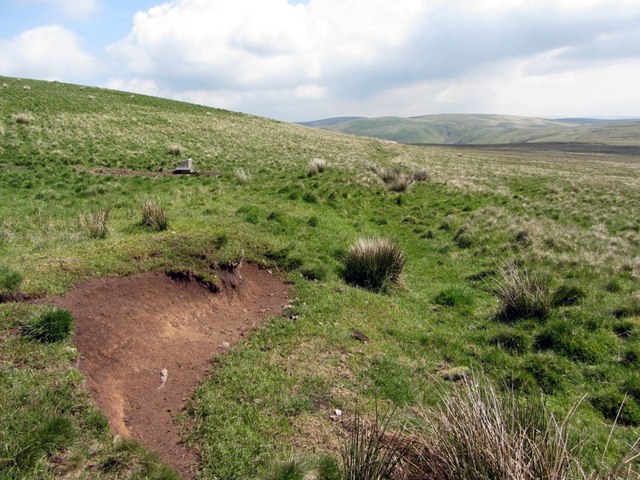
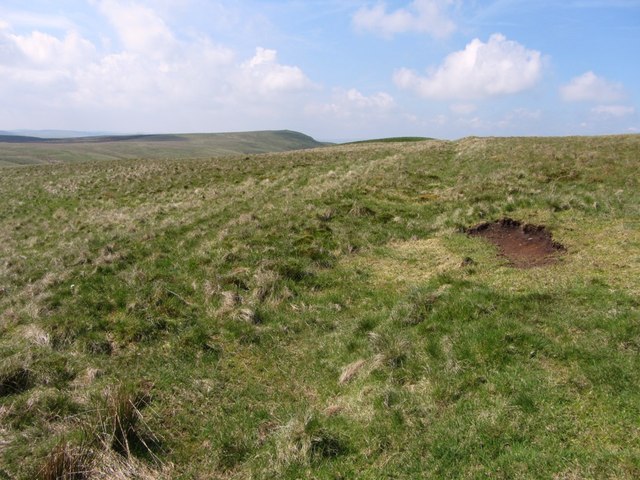
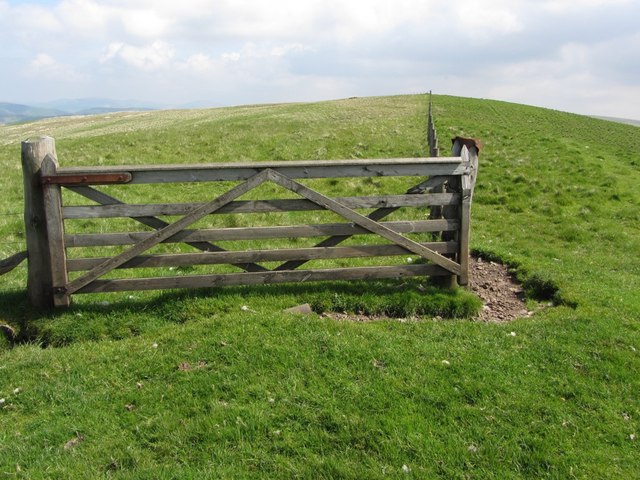
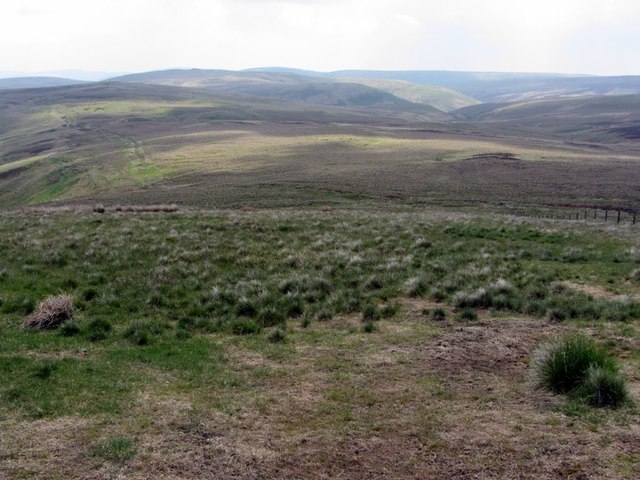
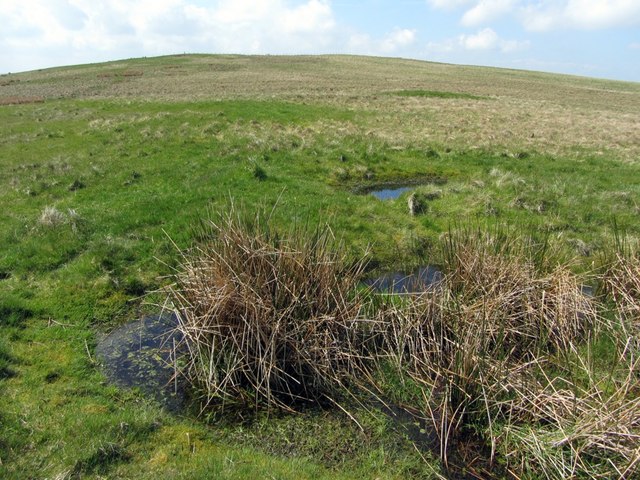
Callaw Hope is located at Grid Ref: NT8014 (Lat: 55.422016, Lng: -2.3173483)
Unitary Authority: The Scottish Borders
Police Authority: The Lothians and Scottish Borders
What 3 Words
///snipped.slimy.estuaries. Near Jedburgh, Scottish Borders
Nearby Locations
Related Wikis
Pennymuir Roman camps
The Pennymuir Roman camps are situated southeast of Jedburgh in the Scottish Borders area of Scotland, near the Anglo-Scottish border, in the former Roxburghshire...
Hownam
Hownam or Hounam is a small village and parish situated 8 miles east of Jedburgh in the Scottish Borders area of Scotland, near the Anglo-Scottish border...
Windy Gyle
Windy Gyle is a mountain in the Cheviot Hills range, on the border between England and Scotland. Like the other hills in the area, it is rounded and grass...
Chew Green
Chew Green is the site of the ancient Roman encampment, commonly but erroneously called Ad Fines (Latin: The Limits) on the 1885-1900 edition of the Ordnance...
Nearby Amenities
Located within 500m of 55.422016,-2.3173483Have you been to Callaw Hope?
Leave your review of Callaw Hope below (or comments, questions and feedback).
